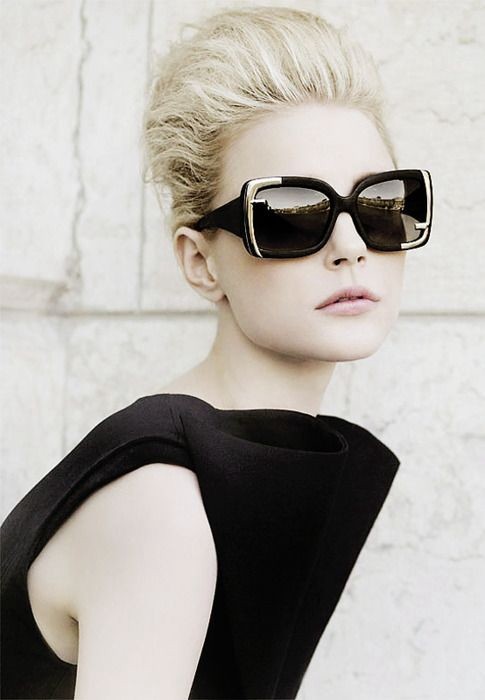
Color: choose gray or brown
In general outdoor environment, you can wear gray or brown sunglasses. These two colors have good filterability and color perception, and can better distinguish various colors. Yellow, red, blue, green, etc. are not recommended, which will affect the resolution of the surrounding colors. Dark sunglasses are suitable for use in places where the sun is shining, such as the beach.

Size: can block the field of vision
At least the visual imaging area in front of the eye should be covered by the lens. If the sunglasses lens you choose is too small, you may see that there is no problem in front of you, but raise your eyes slightly to see the area on the front side, and the glare will irritate your eyes. It is not necessary to choose oversized sunglasses. The glasses are too heavy to burden the nose, and the small faces are easy to slip.
Radian: Don't be too big
Once the curvature of the lens exceeds 15 degrees, the refractive index of the lens receives light changes, and the larger the mirror curvature, the greater the refractive index change. When wearing this kind of sunglasses, the things that are seen will be uneven, and the long-term wear is easy. Eye fatigue, dryness, damage to vision.

UV index: between 96% and 98%
For the specific UV-filtering effect, pay attention to the UV index on the glasses tag. At present, the UV index of most sunglasses is between 96% and 98%, and the effect of dark lenses is better than that of light lenses.